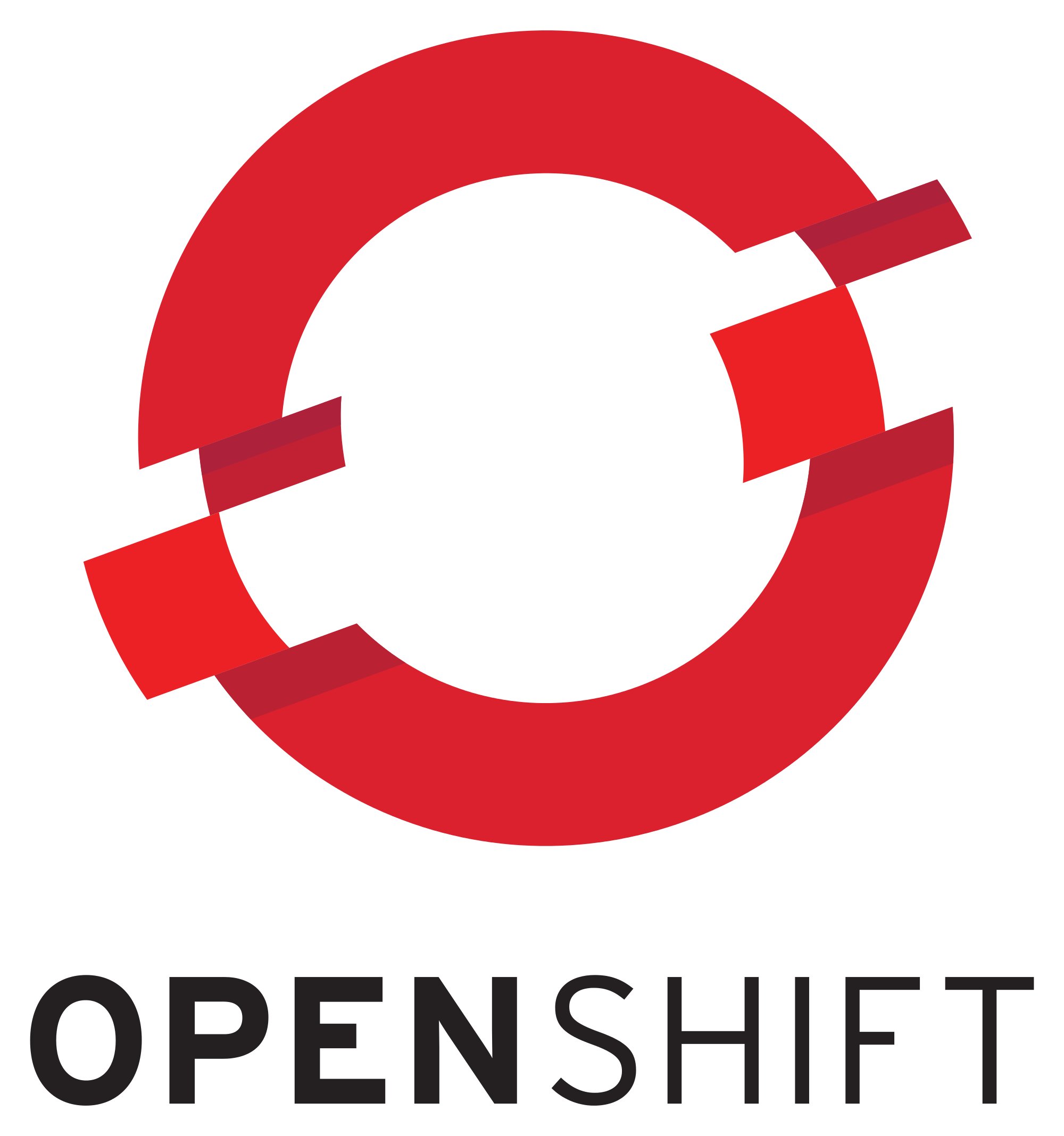Product of the Day
Red Hat OpenShift 4.4 available now
The latest version of Red Hat’s virtualisation technology, OpenShift 4.4, offers more monitoring tools for Kubernetes application workloads.
The Red Hat Summit 2020 has kicked off virtually, and a new set of products have been announced, with OpenShift 4.4 one of the top technologies announced.
Red Hat OpenShift is a pioneering enterprise Kubernetes platform that enables customers to embrace cloud-native approaches while supporting existing traditional applications. Red Hat says OpenShift is trusted by customers across industries because of this differentiated approach. To help further eliminate the barriers between traditional and cloud-native applications, Red Hat is now introducing capabilities that enable new workloads on OpenShift.
Red Hat OpenShift 4.4 builds on the simplicity and scale of Kubernetes Operators. Rebased on Kubernetes 1.17, it introduces a developer-centric view of platform metrics and monitoring for application workloads; monitoring integration for Red Hat Operators; and cost management for assessing the resources.
Read more about what’s new in Red Hat OpenShift 4.4 here.
During the Virtual Summit, Red Hat also announced:
OpenShift virtualization, a new feature available as a Technology Preview within Red Hat OpenShift, derived from the KubeVirt open source project. It enables organisations to develop, deploy and manage applications consisting of virtual machines alongside containers and serverless, all in one modern platform that unifies cloud-native and traditional workloads.
While some vendors seek to protect legacy technology stacks by dragging Kubernetes and cloud-native functionality backwards to preserve proprietary virtualisation, Red Hat does the opposite: bringing traditional application stacks forward into a layer of open innovation, enabling customers to transform at their speed, not at the whims of proprietary lock-in.
Read more about OpenShift virtualization’s new container-native virtualization capabilities here.
To address the management challenges of running cloud-native applications across large-scale, production and distributed Kubernetes clusters, Red Hat is introducing a new management solution: Red Hat Advanced Cluster Management for Kubernetes. Soon available as a Technology Preview, it provides a single, simplified control point for the monitoring and deployment of OpenShift clusters at scale, offering policy-driven governance and application lifecycle management.
Read more about Red Hat Advanced Cluster Management for Kubernetes here.
“Perhaps more than ever before, the needs of every organisation are in sharp focus – some need to scale operations immediately to meet relentless services demand while others seek to strengthen and maintain core IT operations,” says Paul Cormier, president and CEO of Red Hat. “Rather than only provide technologies to address one need or the other, Red Hat provides a flexible, fully open set of solutions to our customers, meeting them where they are with what they need.
“This could be the world’s leading enterprise Linux platform to drive greater operational stability or the industry’s leading enterprise Kubernetes platform to help rapidly scale services for critical demands, all backed by our expertise, experience and commitment to helping global communities at large, not just our immediate customers.”
These advancements are not contingent on a single piece of hardware or a sole cloud provider, as Red Hat delivers innovation fully across hybrid and multicloud footprints, including:
- Every major public cloud provider in Amazon Web Services, Google Cloud Platform, IBM Cloud and Microsoft Azure, as well as many specialised cloud providers.
- Managed solutions through OpenShift Dedicated, Azure Red Hat OpenShift and IBM Red Hat OpenShift Kubernetes Service enabling organizations to gain the benefits of enterprise Kubernetes without the burden of infrastructure management.
- Support for multiple computing architectures, including x86, IBM Power and mainframes.
Beyond these new technologies, Red Hat has invested in helping organisations get more from existing infrastructure. This includes:
- Enhancements to Red Hat Insights, Red Hat’s proactive security and risk management as-a-service offering, which makes it easier for IT teams to detect, diagnose and remediate potential problems before they have an impact on production systems or end users. Insights is not an add-on, as it is available across every supported Red Hat Enterprise Linux subscription by default.
- Red Hat Ansible Automation Platform helps to address the complexities of expanding network demand and infrastructure footprints by automating time-consuming manual tasks, helping IT teams to more effectively meet customer and end user needs beyond service uptime.
Red Hat training and certification are also available to IT teams seeking to expand skillsets as connectivity needs evolve. From learning the basics of enterprise Kubernetes to gaining certification in telecommunications architecture, Red Hat’s expertise is available to help IT professionals gain new expertise and experience to better address the growing importance of the network.



















